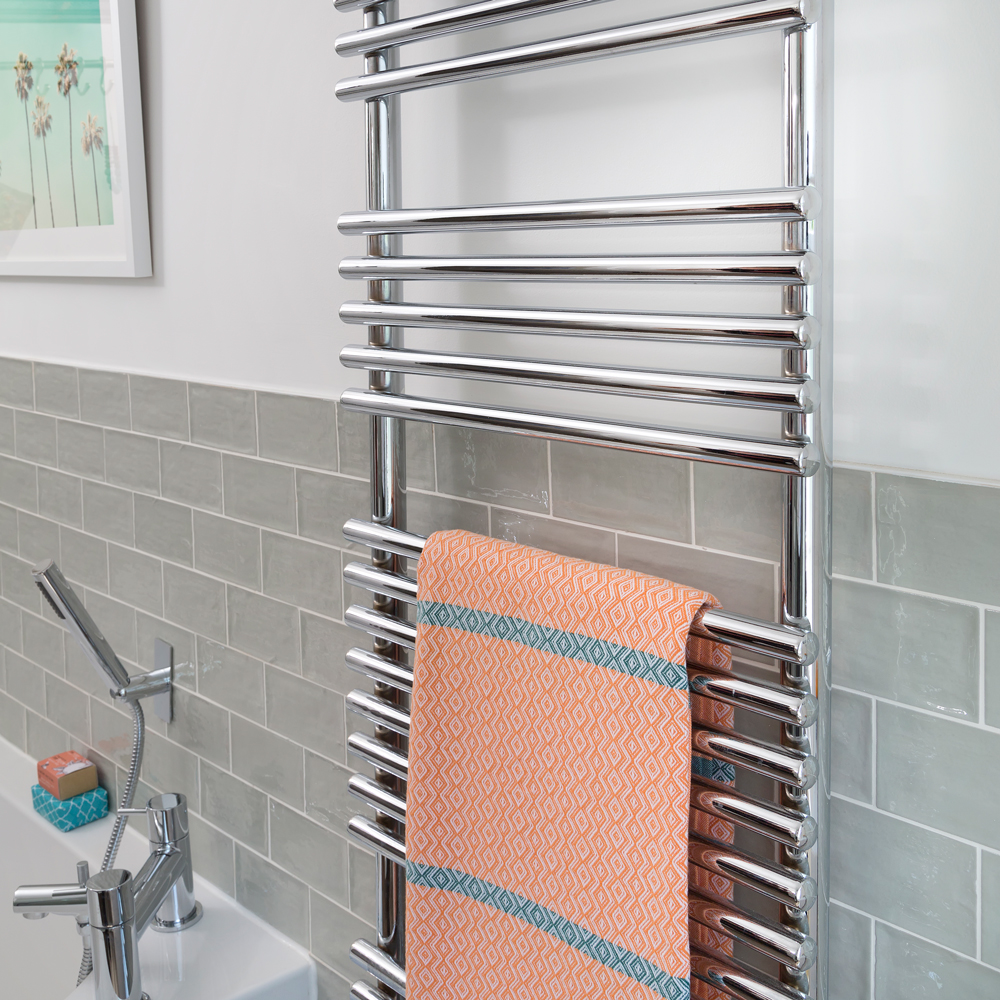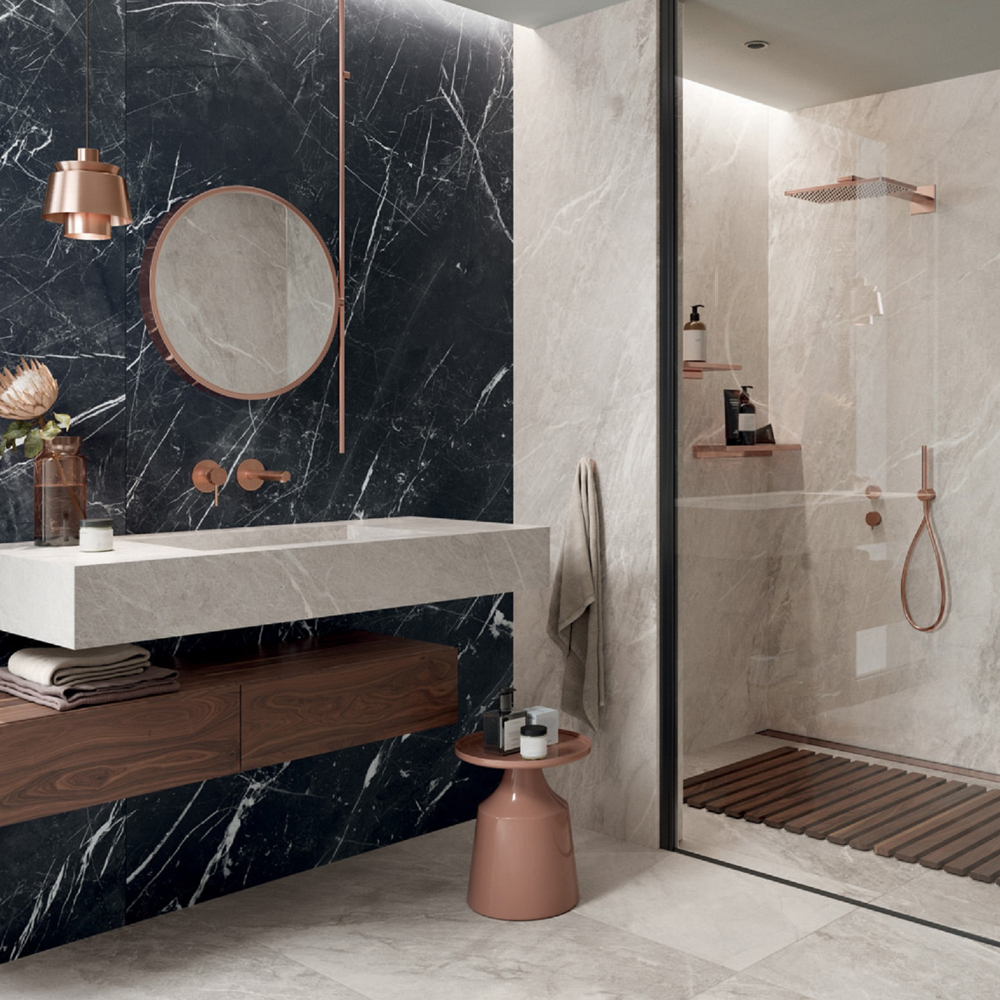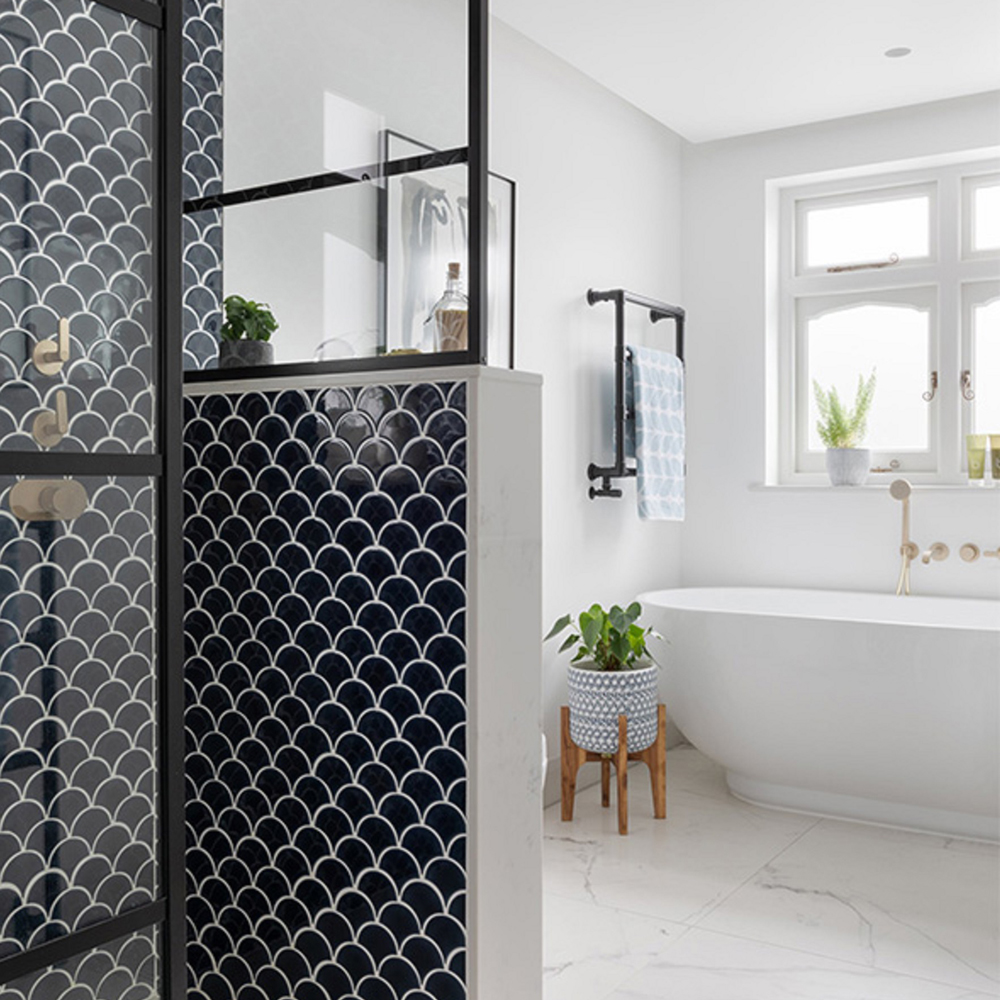The dirtiest area of your bathroom revealed
Are you overlooking this spot when cleaning?

We love the feeling of a freshly cleaned bathroom, tiles, taps and mirrors gleaming. A recent study has revealed the area of the bathroom with the most germs.
Surprisingly, the spot in the bathroom harbouring the most bacteria is, in fact, the towel rail or radiator. Something to bear in mind next time you're deep cleaning the bathroom...

The area of the bathroom with the most germs
Heating systems company Rointe swabbed five bathroom areas to determine the filthiest spots. The results showed that your heater, whether it be a radiator or towel rail, is probably the area of the bathroom with the most germs.
'Bathroom radiators and towel rails should be cleaned at least three times per month,' says Antoaneta Tsocheva, founder of cleaning company FastKlean. 'Ideally, you would add your entire bathroom to your weekly cleaning routine.
'This will allow you to keep the germs at bay and make your cleaning sessions shorter on average,' says Antoaneta . We can see why the towel rail or radiator can get forgotten, as we don't associate it with bathroom bacteria in the same way as we do the loo, sink or touchpoints like a toilet roll holder.

You definitely don't want to be putting your best bath towels onto a radiator covered in bacteria. Antonaeta also points out that on top of the usual suspects like dust, grime, mould and mildew, you also need to think about bacteria.
'The bathroom itself is a damp environment, and so are the towels you hang on your radiator or rail,' she says. 'It’s the ideal environment for microorganisms and bacteria - things you definitely don’t want near your face.'
Get the Ideal Home Newsletter
Sign up to our newsletter for style and decor inspiration, house makeovers, project advice and more.

If that's not motivation enough to keep on top of cleaning, we're not sure what is. Cleaning expert Antonaeta also shared some of her top tips on how to clean your radiator or towel rail properly.
Make sure it's switched off, then put on your rubber gloves and give it a thorough dusting. She then recommends using a vinegar and water solution, as it's free of any toxic substances, and an old toothbrush for tricky spots.

Millie Hurst was Senior Content Editor at Ideal Home from 2020-2022, and is now Section Editor at Homes & Gardens. Before stepping into the world of interiors, she worked as a Senior SEO Editor for News UK in both London and New York. You can usually find her looking up trending terms and finding real-life budget makeovers our readers love. Millie came up with the website's daily dupes article which gives readers ways to curate a stylish home for less.
-
 Will a conservatory add value to your home and how can you maximise it?
Will a conservatory add value to your home and how can you maximise it?This is what the pros say
By Amy Reeves
-
 I’ve been looking for a new signature scent for my home and The White Company's new fragrance is the exact summer holiday smell I needed
I’ve been looking for a new signature scent for my home and The White Company's new fragrance is the exact summer holiday smell I neededSantorini smells fresh, summery and sophisticated
By Kezia Reynolds
-
 How to remove algae from garden walls in five steps – and the cleaning product experts rave about for tackling it fast
How to remove algae from garden walls in five steps – and the cleaning product experts rave about for tackling it fastExperts share their top tips for getting garden walls algae-free
By Katie Sims